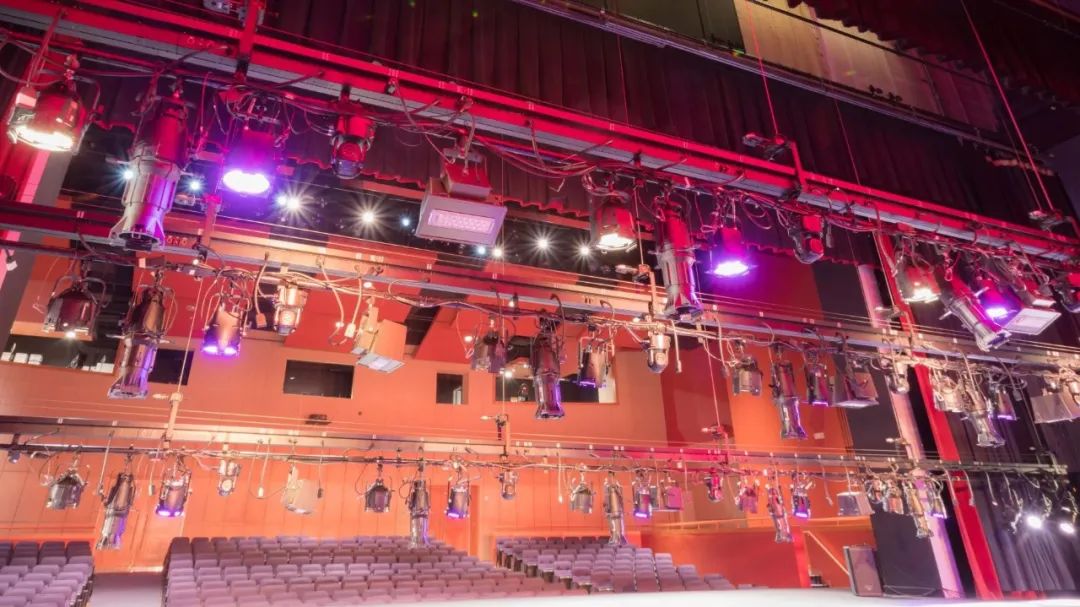In schwierigen Zeiten für die Unterhaltungsbranche ist die Reparatur von Bühnenbeleuchtungsanlagen zu einer wichtigen Möglichkeit geworden, Kosten zu sparen. Ob Moving Lights oder LED-Beleuchtungsanlagen – viele suchen nach Schulungen zu Wartung, Service und der Diagnose spezifischer Fehler.
Leiterplatten und elektronische Komponenten
Doch bevor wir uns auf die Suche nach dem kleinsten defekten Bauteil machen: Welche Möglichkeiten gibt es, wenn Sie eine ganze Beleuchtungsanlage wie Moving Lights oder Konsolen wieder zum Laufen bringen müssen? Sie haben es geschafft, nicht nur Glühbirnen, Sicherungen, Kabel und die Hauptstromversorgung zu überprüfen.
Lassen Sie uns einige allgemeinere Faktoren betrachten.
Physischer Schaden
Es könnte sich um ein gerissenes Gehäuse, abgescherte Armaturen oder einfach fehlende Griffe handeln, aber viele Dinge lassen sich auf dieser grundlegenden Ebene reparieren – vorausgesetzt, Sie erhalten die Ersatzteile. Diese Reparaturen gehen über routinemäßige Wartungsarbeiten wie den Austausch von Glühbirnen oder Luftfiltern hinaus, erfordern aber in der Regel keine fundierten Kenntnisse der Elektronik oder der Fehlerdiagnose. Es ist kaputt, es ist offensichtlich, und Sie müssen nur ein neues Teil einbauen. Wenn das Gerät nicht mehr hergestellt wird und Ersatzteile nicht verfügbar oder teuer sind, sollten Sie die Verwendung von Spenderteilen in Betracht ziehen.
Die wichtigste Fähigkeit besteht darin, das beschädigte Teil zu identifizieren und ein unbeschädigtes einzubauen. Damit verbunden ist die Praxis, aus mehreren beschädigten Teilen ein funktionsfähiges zu machen. Ein aktuelles Beispiel: Ich habe zwölf unbrauchbare CM Lodestar 1T-Motoren in elf funktionsfähige Motoren verwandelt, die von einer unabhängigen LOLER-Prüfstelle zertifiziert und wieder in den Mietbestand aufgenommen wurden. Manche Leute erwerben gerne große Mengen alter, beschädigter Leuchten und Teile von einem Verleih, um günstig an Moving Lights zu kommen.
Seien Sie jedoch vorsichtig: Vermieter verkaufen üblicherweise nichts, was für sie noch einen Wert hat. Daher birgt der Großeinkauf in der Hoffnung auf das beste Ergebnis ein erhebliches Risiko.
Austausch von Platinen oder Baugruppen und ähnliche Reparaturen
Solche Reparaturen sind für interne Techniker in Kinos oder bei Verleihfirmen recht üblich. Das Problem kann ein defekter Sensor, ein defektes Vorschaltgerät, ein defektes Netzteil oder eine bestimmte „Platine“ sein, die für eine bestimmte Funktion verwendet wird. Der Diagnoseansatz besteht normalerweise darin, den Fehler anhand der Symptome zu identifizieren und ihn auf eine Unterkomponente des Geräts einzugrenzen. Dies wird häufig durch Substitution (z. B. Austausch eines funktionierenden Teils) überprüft und durch den vollständigen Austausch der defekten Baugruppe oder Leiterplatte behoben. Dieses funktionierende Teil kann neu vom Hersteller oder von einem Spender erworben worden sein. In diesem Fall ist es hilfreich, ein bekanntermaßen funktionierendes Teil zur Hand zu haben, beispielsweise einen Sensor oder eine Leiterplatte aus einer anderen Leuchte. Hüten Sie sich jedoch davor, die Ursache des Problems falsch zu diagnostizieren und versehentlich eine Reihe funktionierender Teile durch den Einbau in defekte Geräte zu zerstören.
Die wichtigsten erforderlichen Fähigkeiten sind ein allgemeines Verständnis der Gerätefunktion, die Entwicklung und Durchführung geeigneter Tests und Überprüfungen zur Identifizierung des defekten Teils sowie die Installation des Ersatzteils. Dies ist ein gängiges Niveau für die Techniker, mit denen ich arbeite und die ich unterrichte, insbesondere für diejenigen, die über ein gutes technisches Gesamtverständnis verfügen, aber möglicherweise noch nicht sicher im Umgang mit bestimmten Geräten sind, die typischerweise für Moving Lights und andere komplexe Geräte verwendet werden.
Reparaturen auf Komponentenebene
Diese Fähigkeit ist weniger verbreitet und nur wenigen Spezialisten vorbehalten – und das aus gutem Grund. Erstens kann die Reparatur letztlich so einfach sein wie der Austausch einer einzelnen defekten Komponente, doch die Identifizierung dieser Komponente erfordert ein hohes Maß an Geschick und – noch wichtiger – Zeit. Zeit multipliziert mit hohem Geschick bedeutet in der Regel hohe Kosten. Deshalb ist in der Bühnenbeleuchtungsbranche der Austausch von Platinen oder Baugruppen üblich, ähnlich wie in der modernen Autoreparaturbranche. Zweitens sind Baugruppen und Leiterplatten im Vergleich zu den potenziellen Arbeitskosten und den Kosten für den Nutzungsverlust relativ günstig.Der Austausch der gesamten Leiterplatte durch eine funktionsfähige, ohne dass die einzelnen Komponenten identifiziert werden müssen, ist eine schnelle Möglichkeit, das Gerät wieder betriebsbereit zu machen. Die Wartezeit für die Ersatzteillieferung ist in etwa gleich, die Diagnose- und Installationszeit verkürzt sich jedoch in der Regel deutlich.
Warum sollten Sie also überhaupt versuchen, Reparaturen auf Komponenten- und Leiterplattenebene durchzuführen?
Wenn Sie Zeit, aber nur begrenztes Geld haben, könnte eine „günstige“ Reparatur attraktiv sein. Die Vorstellung, dass ein einzelnes Bauteil, das im Neuzustand Tausende gekostet haben könnte, für einen Bruchteil der Kosten repariert werden kann, ist verlockend. Dieser Ansatz erfordert jedoch ein tiefes Verständnis der Elektronik und die Geduld, auf Mikroebene akribisch zu diagnostizieren und zu reparieren. Dies ist nicht jedermanns Sache, aber für diejenigen mit den entsprechenden Fähigkeiten und der Zeit kann es ein lohnendes Unterfangen sein, insbesondere in Situationen, in denen Ersatzteile knapp oder unerschwinglich sind.




Hinterlasse einen Kommentar
Alle Kommentare werden vor der Veröffentlichung geprüft.
Diese Website ist durch hCaptcha geschützt und es gelten die allgemeinen Geschäftsbedingungen und Datenschutzbestimmungen von hCaptcha.